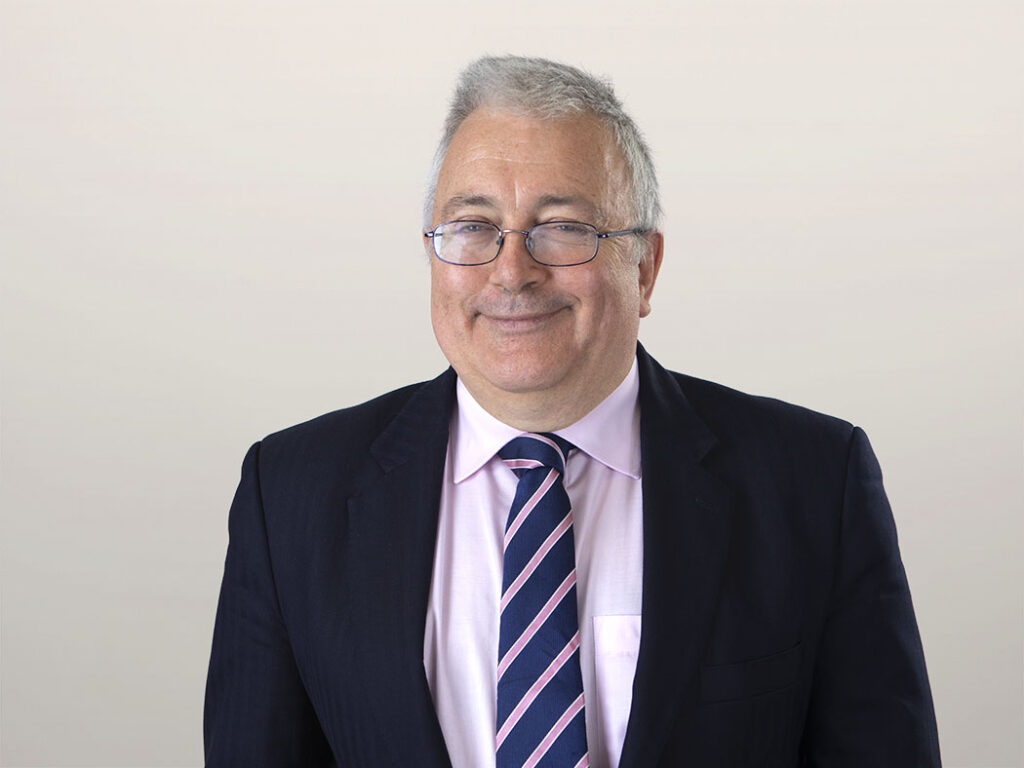What Is The Role Of Enterprise Apps AD&D Professionals In Operating Model Transformation?
Digital disruption brings new competitors, new products, new services, and new types of customer relationships into focus. As firms adapt their product market channel strategies to new threats and opportunities, they look to transform their operating models: centralizing, decentralizing, and federating treasury, procurement, finance, IT, and even product development and customer relationships. App development and delivery pros challenged with supporting new operating models often ask Forrester whether they can share the same enterprise apps between group business units, and if they can share, what the benefits might be.
This research looked at large firms that have a federated or centralized IT model to understand what they chose to standardize and what they allowed to vary in their ERP. Figures 2 and 3 of the report look at the models and the typical drivers in terms of common customers, suppliers, bills of materials, and routings. Typical drivers for such enterprise apps strategies include harvesting the economies of standardized terms with suppliers and customers. In practice, the big prize is not actually “cost” — such as bulk purchase terms with group suppliers — but squeezing out excess working capital by applying common credit and settlement terms with group-level customers and suppliers, common comparable cycle times to drive out inventory and work in progress, and common cash forecasting and treasury to make cash and credit work more effectively at the group level.
This research examines the process needed to get there. Figure 2 of this report shows the typical progression from common procurement and supplier management at group level through to common group-level customers and terms (eventually). As you can see, global firms use the discipline of common ERP at the group level. The principles are the same for any ERP: to centralize group functions such as procurement, credit control, and treasury.
To support this, enterprise architects develop zones of standardization and variation to allow operational flexibility to business units that have a legitimate need for variation in some processes because their markets are different and to avoid frustrating “innovation.” I discuss this in two reports; the first examines architecting in the zone and the second describes how to use a zone architecture model to encourage business innovation.
For IT to support the operating model that delivers the cost savings — and by the way, IT cost savings are a tiny fraction of the savings from achieving common terms with trading partners — most firms have a center of excellence of SAP competence center at the group level. This research looks at how they organize such a group value and some models for releasing synergies. Figure 5 in the report looks at budgets; Figure 6 looks at skills.
Finally, many Forrester clients divide IT into platform specialists, whose role is really to help the line of business exploit standard delivered ERP package functionality, and solution specialists, who focus on innovating on top of the SAP platform. Two reports will help you here: the first explains how to optimize business processes and govern transformation and the second covers SAP modernization.
In conclusion, the big prize is not IT savings; the big prize is support for an operating model that standardizes vendor and customer and cash management at the group level. That’s why firms start with financial processes. When firms grow by acquisition, the savings from things like imposing common credit terms at the group level yield truly staggering savings in comparing and then reducing the day’s sales outstanding. Standardization of receipts or bills of material and of process and routings offer further opportunities for reducing cycle time, but are generally more prevalent in integrated process manufacturers such as pharmaceutical firms; it’s more challenging for discrete and engineer-to-order manufacturers to achieve this.
In a world of digital disruption, firms have to focus on product or service innovation and customer intimacy as much as cost leadership. An IT focus on lowest total cost of ownership risks exclusion from the mainstream business conversation. The question is: How can AD&D pros best help operating model transformation where central procurement, treasury, or product innovation are required. Can they lead such a transformation, or should they orchestrate behind the scenes?
I’m keen to hear your views.
